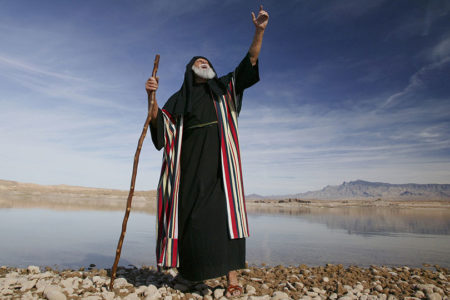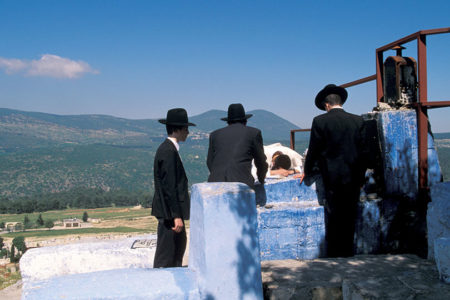Home from Babylon
As the prophet Jeremiah had foretold, the Jewish people remained captives in Babylon for 70 years. When they returned home, they no longer were subjects of a Jewish king. With the demise of the southern kingdom of Judah, the world had entered the “times of the Gentiles” (Lk. 21:24).
Though God temporarily exiled the Israelites from their land due to their disobedience, He nevertheless brought them back to it. In 539 B.C., after Medo-Persia rose to power over Babylon, King Cyrus of Persia let them go home:
The Lᴏʀᴅ stirred up the spirit of Cyrus king of Persia, so that he made a proclamation throughout all his kingdom, and also put it in writing, saying, Thus says Cyrus king of Persia: All the kingdoms of the earth the Lᴏʀᴅ God of heaven has given me. And He has commanded me to build Him a house at Jerusalem which is in Judah. Who is among you of all His people? May his God be with him, and let him go up to Jerusalem which is in Judah, and build the house of the Lᴏʀᴅ God of Israel (He is God), which is in Jerusalem (Ezra 1:1–3).
Those who came home joined a small, impoverished remnant that never left. Jeremiah spoke of this band of survivors when he explained his own circumstances before he was taken to Egypt against his will by a group of fellow Israelites: “Then Jeremiah went to Gedaliah the son of Ahikam, to Mizpah, and dwelt with him among the people who were left in the land” (Jer. 40:6).
Those “who were left” were “the poorest of the land who had not been carried away captive to Babylon” (v. 7). They were expected to care for the land and the vineyards and eke out a living amid the ruins of the fallen kingdom of Judah.
Cyrus’s edict, foretold more than 150 years earlier by the prophet Isaiah (Isa. 44:28—45:1), opened the door to allow the Jewish people to begin rebuilding their lives.
The first return is identified with Zerubbabel: “The whole assembly [that returned] together was forty-two thousand three hundred and sixty” (Ezra 2:64), plus 7,337 servants and 200 singers (v. 65). Nehemiah led the second return in 445 B.C., and Ezra led the third return.
Under Zerubbabel, the Jewish people began rebuilding their Temple. Later Herod the Great modified it through a massive building project that took 46 years (Jn. 2:20). Jesus often visited this Temple before it was razed by Titus Vespasian and the Roman legions on the ninth of Av in A.D. 70.






